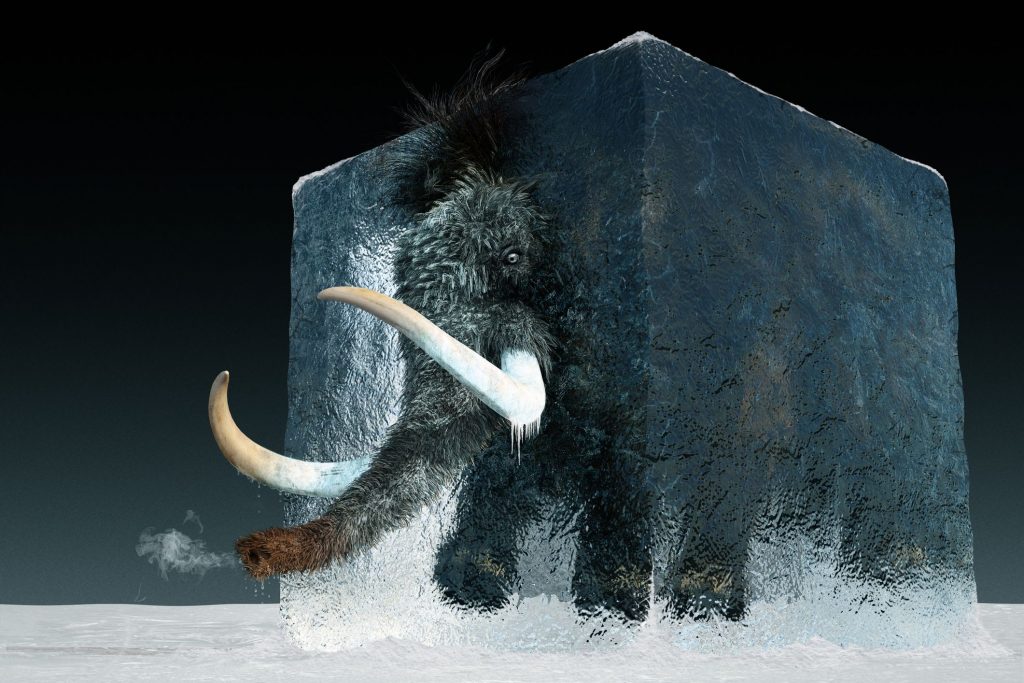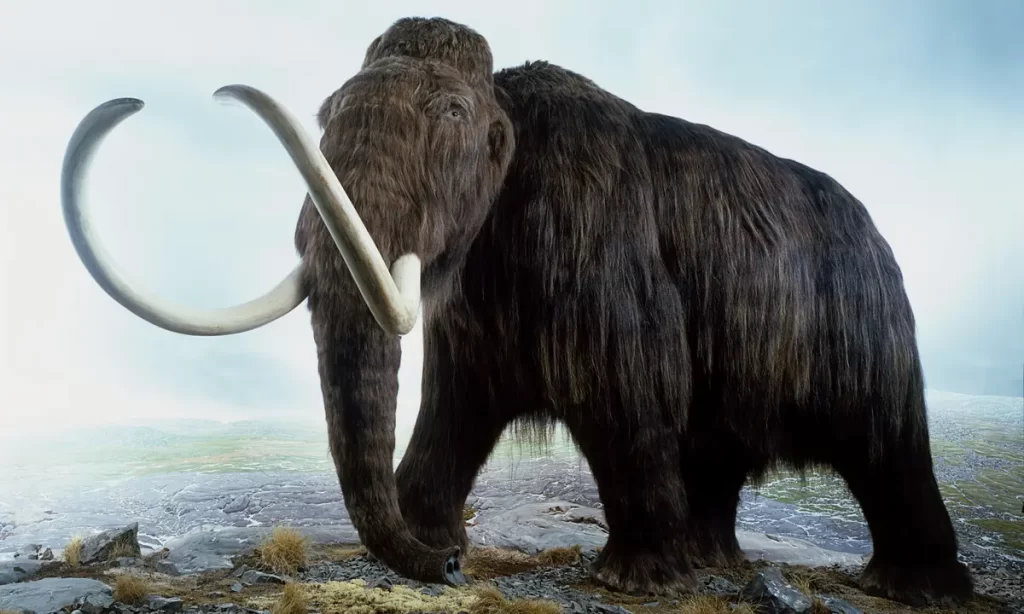The long-dead woolly mammoth will make its return from extinction by 2027, says Colossal, the biotech company actively working to reincarnate the ancient beast. Scientists are making strides in bringing the extinct Woolly Mammoth back to life through a process called “de-extinction.” The Woolly Mammoth, which roamed the Earth thousands of years ago, has become a symbol of the potential of de-extinction technology. The process involves obtaining DNA from preserved Woolly Mammoth specimens and editing the DNA of elephants, the closest living relative of the Woolly Mammoth, to incorporate the traits of the extinct species.
Last year, Colossal received an additional $60 million in financing to continue the massive gene-editing work that it began in 2021. If successful, Colossal will not only bring back an extinct species—dubbed a “cold-resistant elephant” by the company—but it will also reintroduce the woolly mammoth to the same ecosystem where it once thrived to combat climate change, according to a recent Medium post.

The goal of de-extinction is to recreate a living Woolly Mammoth and reintroduce it into the Arctic tundra, where it will play a key role in helping to mitigate the effects of climate change. The woolly mammoth was once a major part of the Arctic ecosystem, and scientists believe that by bringing it back, they can help restore balance to the tundra and prevent further damage from occurring.
The project, which is being led by a team of Colossal scientists, is expected to take four years to complete. In the meantime, the team is working to obtain and preserve as much Woolly Mammoth DNA as possible, while also researching and developing the necessary techniques for editing the DNA of elephants.
Despite the excitement surrounding the project, some experts are expressing concern about the potential consequences of de-extinction. They argue that by bringing back an extinct species, scientists risk altering the balance of ecosystems and causing unintended consequences.

Despite these concerns, the potential benefits of de-extinction are too great to ignore. The woolly mammoth, once a key player in the Arctic ecosystem, has the potential to play a major role in mitigating the effects of climate change. If successful, the project will not only be a major step forward for science and technology, but it will also help to ensure the future of our planet.
In conclusion, the scientific community is making progress in reincarnating the Woolly Mammoth, to reintroduce it into the Arctic tundra within the next four years. The potential benefits of de-extinction are significant, but caution must be taken to avoid any unintended consequences. Whether the Woolly Mammoth will indeed return remains to be seen, but one thing is certain: this project is a testament to the incredible advances being made in the field of de-extinction.


